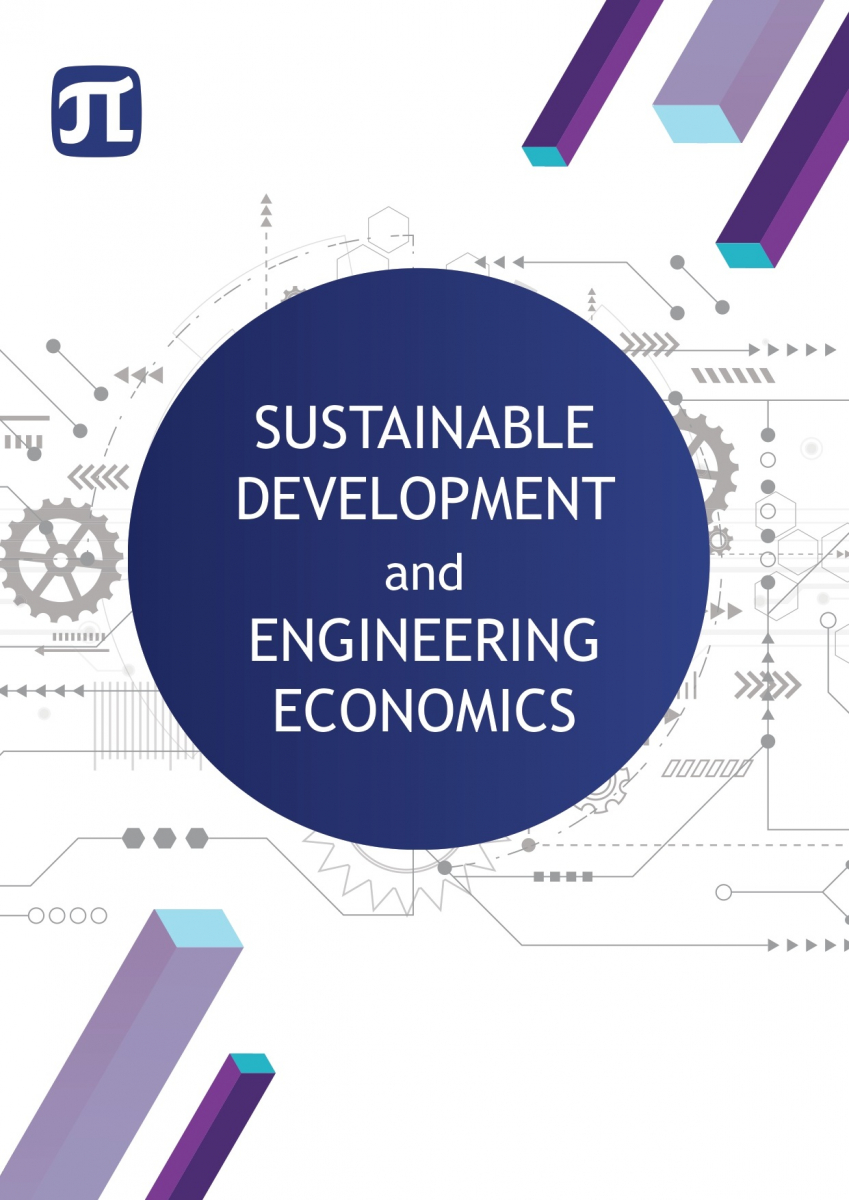Systematisation of Drivers for the Development of Socioeconomic Systems
The Russian economy’s recovery processes during the postcrisis period are accompanied by clear heterogeneity in the development of regional socioeconomic systems. Domestic researchers note that over the past twenty years, the level of regional competition for both labour and financial resources has increased. For example, in the Russian Federation, in the period from 2011 to 2018, the number of labour migrants within the country increased by 1.59 times from 1894.1 thousand to 3,004.2 thousand people (although the 2018 figure decreased by 3% to 2928.0 thousand people in 2019), and the inflow of foreign investment for the period from 2011 to 2018 decreased by 40.4%. At the same time, in 2018, the largest share of foreign direct investment accounted for by the Central Federal District was 60%. Differentiation of regional development is complicated not only by economic, but also by natural, ecological, ethnic, political and other factors. In this regard, the role of a competent economic policy at the regional level is increasing, the main goal of which should be the sustainable development of territories in conditions that change under the influence of these factors. Thus, ‘the implementation of an effective regional policy in the context of the overall development of the country’s economy is impossible without an analysis of regional specialisation and concentration of production in the country’. Therefore, the purpose of this study is to analyse the theoretical foundations for determining the specialisation of regional socioeconomic systems and the formation of a classification of factors influencing the development of regional socially significant systems. The study is based on the scientific works of Russian authors in the field of competitiveness, regional differentiation, the geoeconomic position of a region and its economic independence and development prospects.


